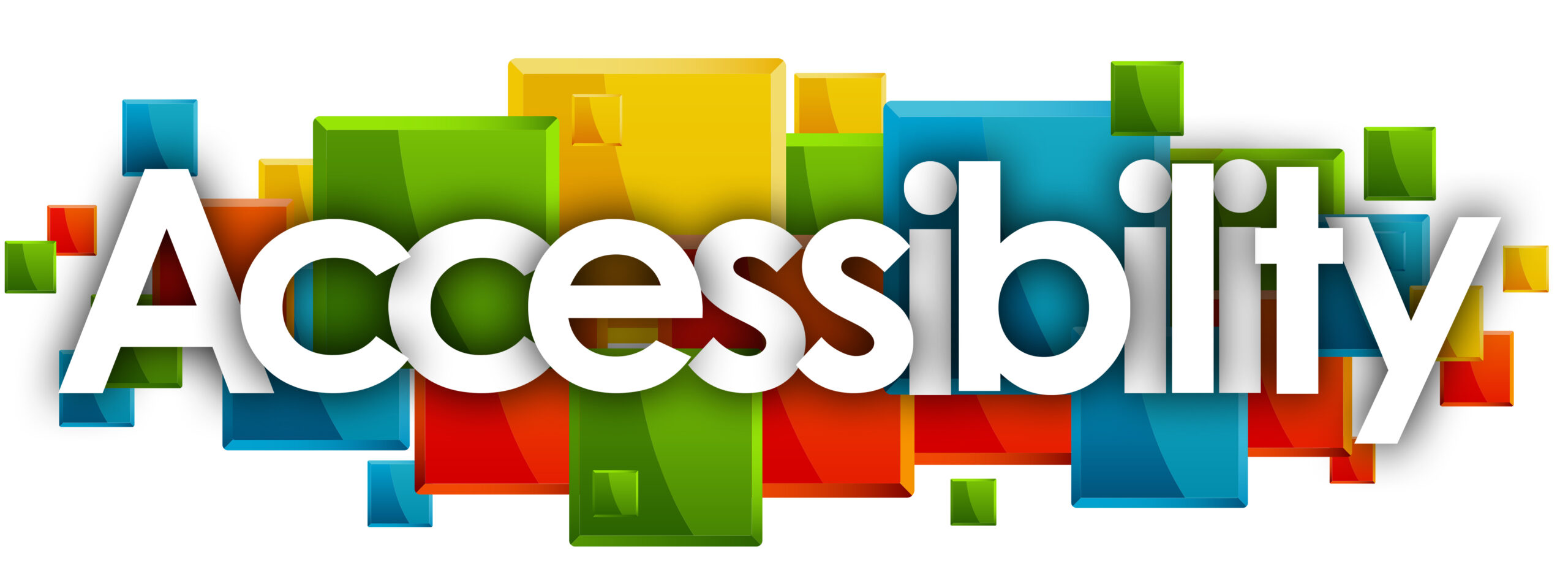*This article is an English translation of a Japanese article.
The Authoring Tool Accessibility Guidelines (ATAG) are a set of guidelines designed to ensure that authoring tools, which are used to create web content, support accessibility. ATAG aims to make it easier for web content creators to produce accessible content, while also ensuring that the tools themselves are accessible to all users, including those with disabilities. ATAG plays a vital role in promoting the creation of accessible web content. In this article, we will explain the overview of ATAG, its importance, key guidelines, and provide advice on implementation.
1. Purpose of ATAG
The primary goal of ATAG is to support the creation of accessible web content through authoring tools. Additionally, ATAG requires that the tools themselves be accessible, ensuring that content creators with disabilities can use them effectively. This dual focus ensures that both the tools and the final web content are accessible.
Specific Objectives of ATAG
- Supporting the Creation of Accessible Content: Authoring tools should either automatically generate accessible content or guide creators to do so, making it easier to create accessible web content.
- Improving the Accessibility of the Tools Themselves: By making authoring tools accessible, content creators with disabilities can use the tools effectively.
2. Structure of ATAG
ATAG is divided into two main parts: Part A and Part B.
2.1 Part A: Accessibility of the Authoring Tool
Part A outlines how the authoring tool itself should be accessible. This ensures that all users, including those with disabilities, can equally access and use the tool.
-
User Interface Accessibility: The tool must support keyboard navigation, be compatible with screen readers, and provide clear error messages.
-
Accessible Workflow: The tool should offer intuitive workflows and assistive features to help creators navigate and use the tool easily.
2.2 Part B: Supporting the Creation of Accessible Content
Part B focuses on how the authoring tool should assist in the creation of accessible web content.
-
Automated Accessibility Checks: The tool should perform accessibility checks during content creation and provide warnings or guidance when issues are detected.
-
Providing Accessible Templates and Designs: The tool should offer accessible templates and design options to help creators easily produce accessible content.
3. Key Features of ATAG 2.0
ATAG 2.0 is aligned with the latest web technologies and accessibility standards. Some of its key features include:
-
Comprehensive Guidelines: ATAG 2.0 covers both the accessibility of the tool itself (Part A) and the support for creating accessible content (Part B), addressing the needs of both tool users and end-users of the content.
-
Enhanced Integration with Assistive Technologies: ATAG encourages authoring tools to be designed in a way that integrates easily with assistive technologies like screen readers and voice control systems.
-
Incremental Improvement Approach: Rather than requiring immediate full compliance, ATAG promotes a phased approach to improving accessibility. This makes it easier to adopt accessibility practices progressively within real-world development processes.
4. Importance of ATAG
ATAG is essential for improving the overall accessibility of the web. Here are some reasons why ATAG is particularly important:
-
Increasing Accessible Content: By supporting the creation of accessible content, authoring tools help improve the overall accessibility of the web, making it easier for users with disabilities, such as visually impaired individuals, to access online information.
-
Expanding the User Base of Authoring Tools: Making authoring tools accessible allows content creators with disabilities to use these tools, promoting diversity in content creation and contributing to a more inclusive web.
-
Promoting Legal Compliance: In many countries, the creation of accessible web content is legally required. Adopting ATAG helps organizations meet these legal requirements, ensuring compliance with accessibility standards.
5. Advice for Implementing ATAG
Here are some tips for implementing ATAG in your authoring tools:
-
Adopt a Gradual Approach: Since ATAG 2.0 recommends incremental improvements, start by addressing the simpler accessibility issues and work towards more comprehensive compliance over time.
-
Collaborate with Accessibility Experts: Consulting with accessibility experts can help you implement effective solutions. Feedback from real users of assistive technologies is especially valuable.
-
Regular Testing and Feedback: Continuously test the accessibility of the authoring tool and gather feedback from users. Combining automated testing with evaluations from actual users ensures more effective improvements.
ATAG is a crucial guideline for making authoring tools both accessible and capable of producing accessible content. By adhering to these guidelines, web content creators and tool developers can contribute to a more inclusive web that benefits all users.
We have released the UUU Web Accessibility Widget Tool, designed to make web accessibility easy to implement. This tool helps improve the accessibility of websites quickly and efficiently, even without specialized knowledge.
If you’re interested in enhancing your website’s accessibility, please check out the details. We are here to support you in making your website more user-friendly and accessible to a wider audience.
